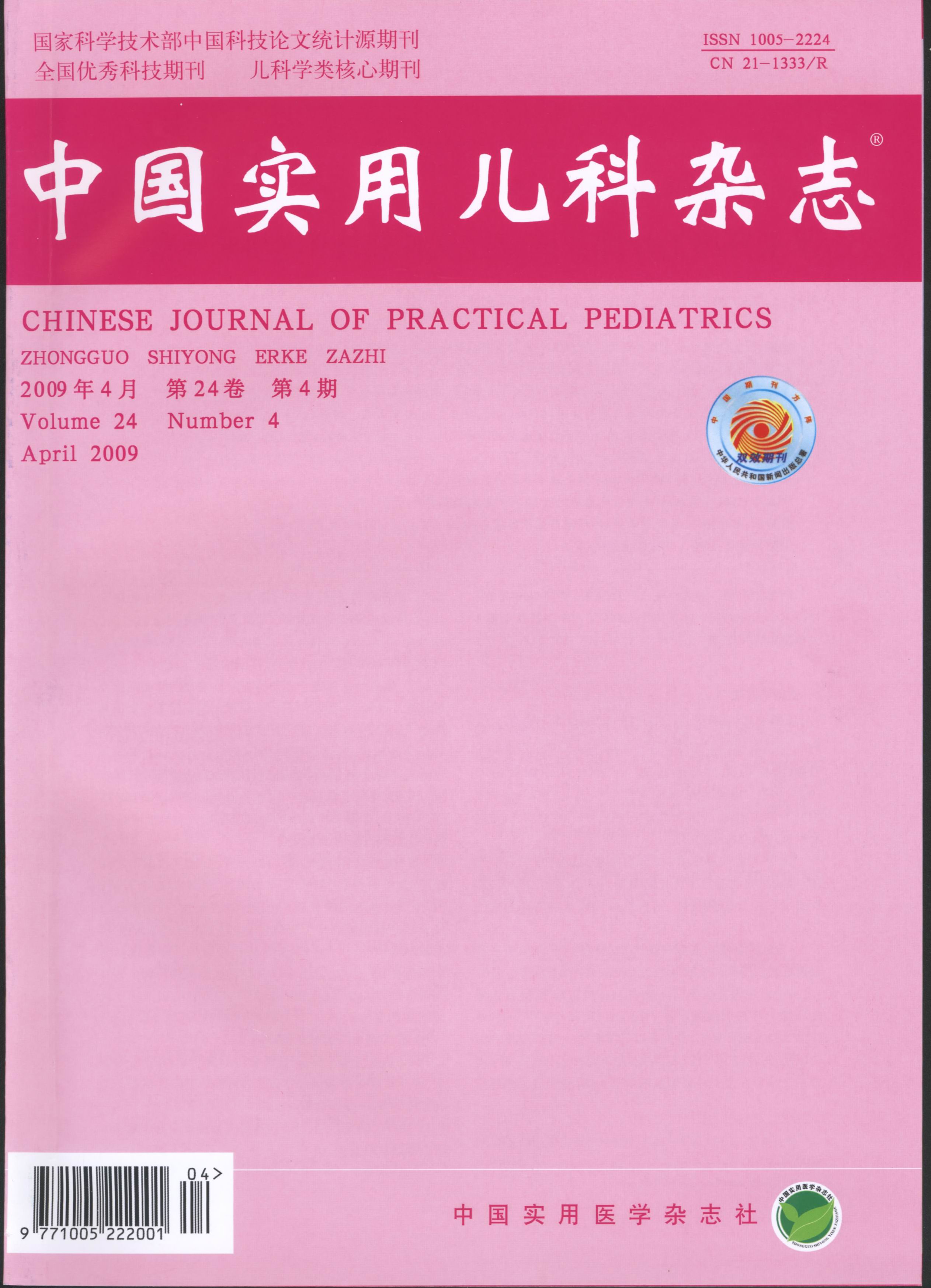Abstrat:Objective To investigate the value of amniocentensis combined with sequence analysis and karyotyping in prenatal daiagnosis of high-risk fetus with severe combined immunodeficiency disease. Methods Seven patients with severe combined immunodeficiency disease were diagnosed by gene analysis from 2008 to 2010,including six cases of X-linked severe combined immunodeficiency disease and one case of Omenn syndrome.After detailed inquiry for medical history, seven pedigree trees were drawn, including 20 carriers of abnormal genes.From 2008 to 2011, seven specimens of amniotic cell gotten by amniocentensis were collected from seven high-risk pregnant women with abnormal gene during 18 to 20 gestational weeks.IL-2RG or RAG1 gene was amplified by polymerase chain reaction (PCR) from DNA of amniotic cell gotten and sequencing was performed directly on the PCR products in forward and reversely. Karyotyping was performed in amniotic cell gotten cultivated by orthotope slice and G band staining.Gene analysis and evaluation of immune function were reexamined in high-risk fetus after delivery. Results Amniocentensis and culture of amniotic cell gotten all successed in seven fetuses. Result of gene analysis and karyotyping showed that three male fetuses and two female fetuses were normal and two male fetuses were defective.Abnormity of IL-2RG gene was confirmed in the two defective fetuses. After delivery, the result of gene analysis and evaluation of immune deficiency was the same with that of prenatal diagnosis. Conclusion Amniocentensis and karyotyping are qualified for prenatal diagnosis of severe combined immunodeficiency disease for its reliability,safety and less cost.

